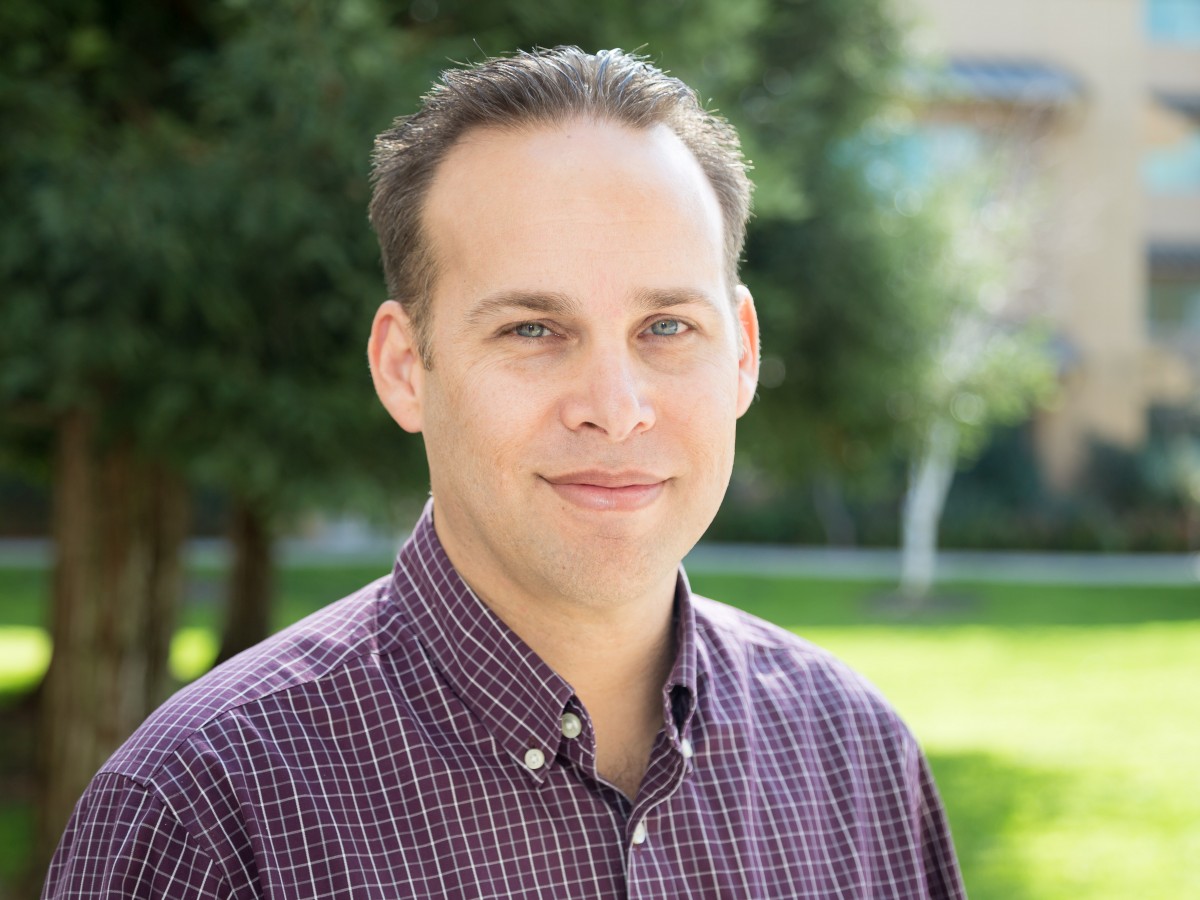
Contact Information
Name: Dr. Drew Reams
Title: Professor in Biological Sciences
Office Location: TSC4007
Email: andrew.reams@csus.edu
Website : www.drewreams.com
Courses That I Teach
BIO 150: Forensic Biology (lecture and lab)
BIO 151: Advanced Laboratory Techniques in Forensic Biology
BIO 180: Advanced Molecular Biology (lecture and lab)
BIO 184: General Genetics (lecture and lab)
BIO 199: Independent Research
BIO 223: Human Molecular Genetics
BIO 280: Advanced Molecular Biology (lecture and lab)
BIO 294A: Molecular and Cell Seminar
BIO 299: Master's Thesis Research
Research Lab Website
Publications
Herrmann, J.A., A. Koprowska, T.J. Winters, N. Villanueva, V.D. Nikityuk, F. Pek, E.M. Reis, C.Z. Dominguez, D. Davis, E. McPherson, S.R. Rocco, C. Recendez, S.M. Difuntorum, K. Faeth, M.D. Lopez, H.M. Awwad, R.A. Ghobashy, L. Cappiello, E.L. Neidle, S. Quiñones-Soto, A. B. Reams, 2023. “Gene amplification mutations originate prior to selective stress in Acinetobacter baylyi” G3: Genes, Genetics, and Genomes, 13(3), jkac327. https://doi.org/10.1093/g3journal/jkac327
Reams, A.B. & Roth, J.R., 2015. Mechanisms of gene duplication and amplification In "DNA Recombination". Editors: Stephen Kowalczykowski, Neil Hunter, and Wolf Heyer, Cold Spring Harbor Laboratory Press, Cold Spring Harbor, NY. https://cshperspectives.cshlp.org/content/7/2/a016592.full.pdf
Reams, A. B. E. Kofoid, N. Duleba, and J. R. Roth, 2014. “Recombination and annealing pathways compete for substrates in making rrn duplications in Salmonella enterica” Genetics, 196:119-135. https://doi.org/10.1534/genetics.113.158519
Quiñones-Soto S., A. B. Reams, and J.R. Roth, 2012. “Pathways of genetic adaptation: Multi-step origin of mutants under selection without induced mutagenesis in Salmonella enterica” Genetics, 192:987-999. https://doi.org/10.1534/genetics.112.142158
Reams, A. B. E. Kofoid, E. Kugelberg, and J. R. Roth, 2012. “Formation of duplications by multiple pathways with and without recombination (RecA)” Genetics, 192:397-415. https://doi.org/10.1534/genetics.112.142570
Reams, A. B., E. Kofoid, M. Savageau, and J. R. Roth, 2010. “Duplication frequency in a population rapidly approaches steady state with or without recombination” Genetics, 184:1077-1094. https://doi.org/10.1534/genetics.109.111963
Roth, J. R., E. Kugelberg, A. B. Reams, and D.I. Andersson, 2006. “Origins of mutations under selection - the adaptive mutation controversy” Annual Reviews of Microbiology, 13(60), 477-501. https://doi.org/10.1146/annurev.micro.60.080805.142045
Kugelberg E., E. Kofoid, A. B. Reams, D. I. Andersson, and J. R. Roth, 2006. “Multiple pathways of selected gene amplification during adaptive mutation” PNAS, 2006 Nov 14;103(46):17319-24. https://doi.org/10.1073/pnas.0608309103
Reams, A. B. and E. L. Neidle, 2004. “Selection for gene clustering by tandem duplication” Annual Reviews of Microbiology, 58, 119-142. https://doi.org/10.1146/annurev.micro.58.030603.123806
Reams, A. B. and E. L. Neidle, 2004. “Gene amplification involves site-specific short homology-independent illegitimate recombination in Acinetobacter sp. strain ADP1” Journal of Molecular Biology, 338(4), 643-56. https://doi.org/10.1016/j.jmb.2004.03.031
Reams, A. B. and E. L. Neidle, 2003. “Genome plasticity in Acinetobacter: new degradative capabilities acquired by the spontaneous amplification of large chromosomal segments” Molecular Microbiology, 47(5), 1291-1304. https://doi.org/10.1046/j.1365-2958.2003.03342.x
Brzostowicz, P. C., A. B. Reams, T. J. Clark, and E. L. Neidle, 2003. “Transcriptional cross-regulation of the catechol and protocatechuate branches of the b-ketoadipate pathway contributes to carbon-source dependent expression of the Acinetobacter sp. strain ADP1 pobA gene” Applied and Environmental Microbiology, 69(3), 1598-1606. https://doi.org/10.1128/AEM.69.3.1598-1606.2003
Alternative Links to Publications
Research Projects/Interests
Our lab focuses on understanding the molecular mechanisms of mutations called gene amplifications and copy number variations (CNVs). Many important biological phenomena, including cancer, infectious diseases, and bioremediation, depend on these mutations to evolve rapidly to their changing environments. Still, the underlying molecular mechanisms remain unclear for all organisms. Our lab aims to unravel these central mysteries along with developing various CNV-related applications, such as discovering new genomic biomarkers for early cancer development and treatment.
To study gene amplifications and copy number variations, our lab utilizes some of the most genetically tractable organisms: bacteria such as E. coli, Salmonella, and Acinetobacter baylyi. The projects are accessible to undergraduate and Master’s students. Students are trained in important multidisciplinary areas that bridge classical and modern genetics with microbiology, molecular biology, experimental evolution, statistics, and computation.
If you are a highly motivated undergraduate student at CSUS or interested in a Master's degree and would like to discuss research opportunities in the D.Reams lab, please email Dr. Reams at andrew.reams@csus.edu. For undergraduate students seeking research experience, please see Dr. Reams' teaching webpage for information on the BIO 180 course needed before joining our research lab.
Professional Associations
American Society for Microbiology (ASM)
American Association for the Advancement of Science (AAAS)
Advancing Chicanos/Hispanics & Native Americans in Science (SACNAS)
Genetic Society of America (GSA)
